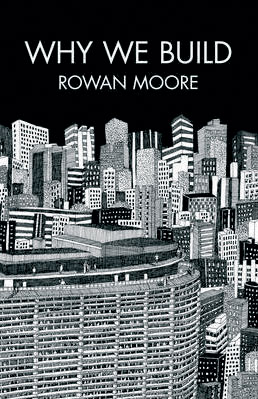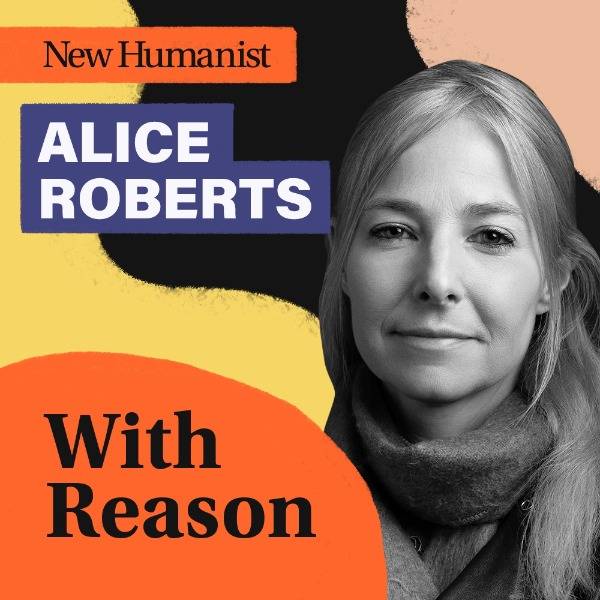 Why We Build by Rowan Moore (Picador)
Why We Build by Rowan Moore (Picador)
It’s a statement, not a question. “Why We Build”, not “Why Do We Build?”. So it should provide an answer. It’s the third in a coincidental run of such books in recent years which look at the psychology of architecture, among them Deyan Sudjic’s The Edifice Complex of 2005, and Alain de Botton’s The Architecture of Happiness of 2007.
You could argue that it’s bleedin’ obvious why we build. At a functional, individual level we build for shelter. At a societal level there is a need for shared civic buildings. Beyond that it’s a matter of typology: the demands of a factory are not the same as the demands of an art gallery. But over all this is something else, and this is what Moore explores with insight and wit: the DESIRE to build. The emotions carrying it. The drive for beauty, monumentality, display, a kind of immortality. Architecture as substitute for, or expression of, sex, money, power, hope, ambition. After all, our concept of civilisation is all to do with the ordered society in a well-designed, usually urban, setting. Mankind is enhanced by architecture: we seem nobler as a race among buildings, rather than squatting in a forest. This is why images of buildings being shelled and bombed in wars are so shocking: those places represent people. Us.
Having read Moore’s 392 elegantly written pages, I went to an exhibition on Catherine the Great, 18th-century Empress and Autocrat of Russia, and found she summed it all up in a single sentence. “The fury to build is a diabolical thing, it devours money and the more one builds the more one wants to build, it is as intoxicating as drink.”
Moore does not quote this, but he knows all about it. He trained as an architect himself – there is a well-regarded practice with his name on it – but abandoned that for writing. Until, in 2002, he was appointed director of London’s then somewhat rudderless Architecture Foundation. This was his chance to get constructive: Moore decided to build a purpose-designed home for it. He found a site, and Zaha Hadid, icon-mistress to the world, won his architectural competition. At this point he entered Catherine the Great territory. At the heart of this book is Moore’s great cry of hurt at how his project – slowly, agonisingly – went belly-up. It is a cautionary tale, told with bitterness redeemed by his characteristic wry self-deprecation. It’s good therapy. His descriptions of the characters involved, from plump cynical developers to thin cynical PR women and news reporters, plus of course imperious Zaha and her cohorts, are hilarious and true. The outcome? “The site of Zaha’s unbuilt wonder became a bit of landscaping outside a Marks and Spencer.” Bruised, Moore left the Foundation and returned to writing, eventually finding his critical voice again on the Observer.
Other than this, the best bit of the book is about sex, which he finds in the unlikeliest places. One such, so to speak, I shared with him. We had found ourselves one dank evening in a chill, abandoned apartment in Plzen, Czech Republic. We were in a small group investigating the great proto-modernist architect Adolf Loos, and this apartment he designed had recently been rediscovered. By torchlight we made out the rich panelling, marble and mirrors typical of Loos’ work. Our guides told us that the place had been commandeered by the Gestapo during the war, and that the commandant had killed himself there. Moore mentions this, but is more intrigued by the marble. “You can read monsters and pudenda, as in a Rorschach test, into the grotesque symmetrical patterns of matched marble in the walls,” he says. He shows us a picture. Now as then, it looks like a frog to me. At the time, I remember being more concerned with getting the hell out of this spooky, dark, cold Gestapo suicide flat.
But Moore has a valid point: designing buildings is a bit of a sexy thing. It seems to be related to libido, reproduction and to some extent aggression: he details several (unnamed) present-day architects notorious for their goings-on in this department. Icon-building – which he rightly dislikes, despite or because of having commissioned Zaha – is another aspect of architectural fecundity and priapism. In the end he comes up with no knock-out definition of why we build, beyond emotion and desire. His exploration is however perceptive and admirably clear, if a bit rambling. One could be even more concise than the sexually and architecturally voracious Catherine the Great, and simply say: we build because we are human.

